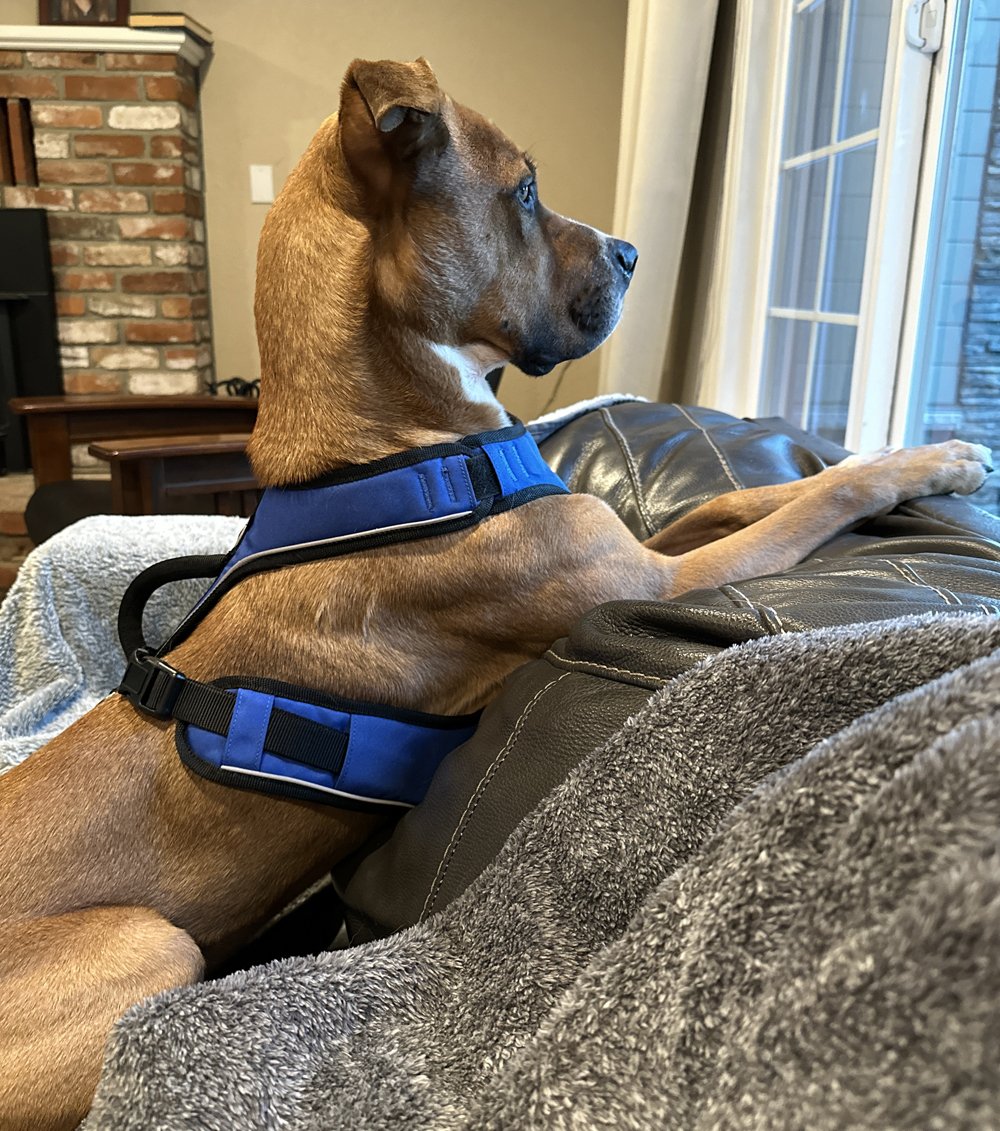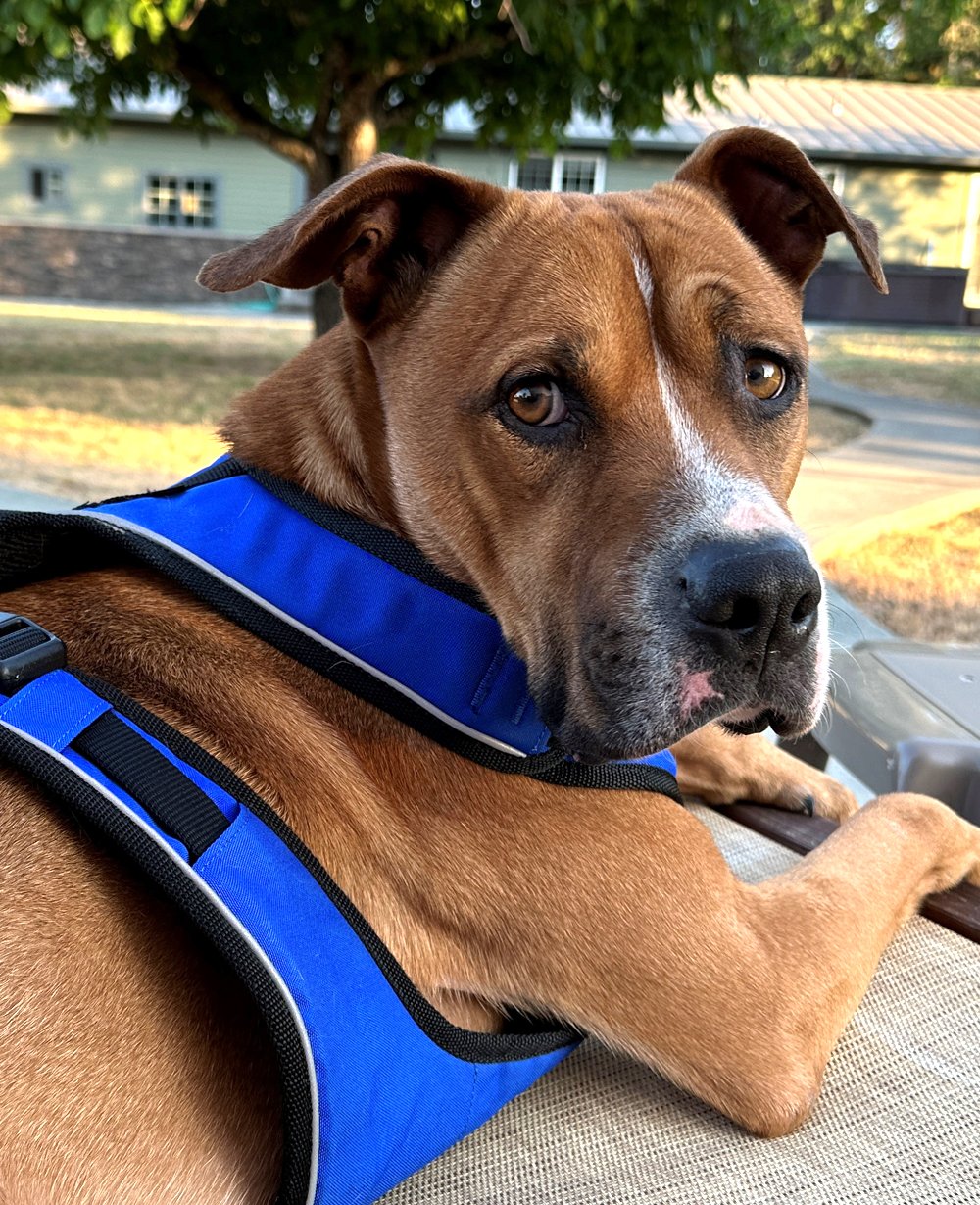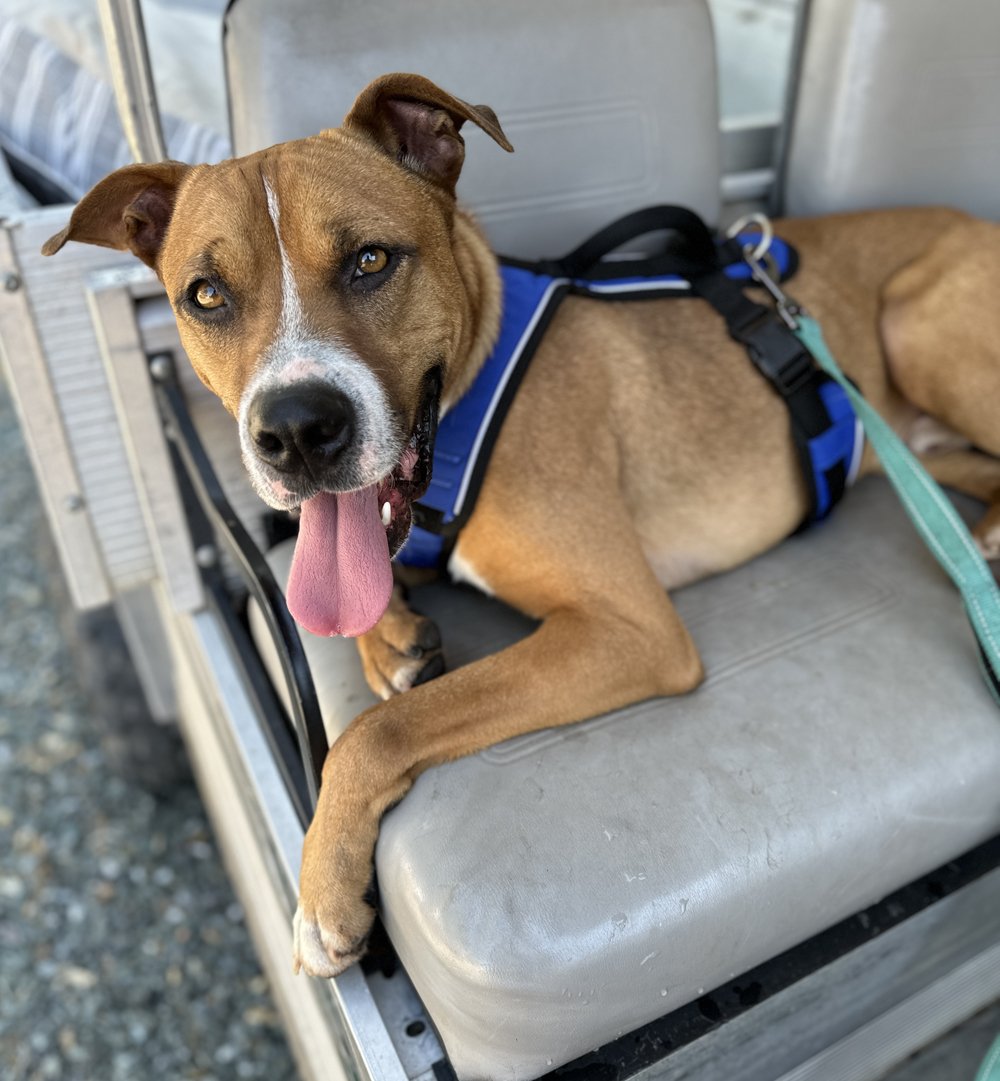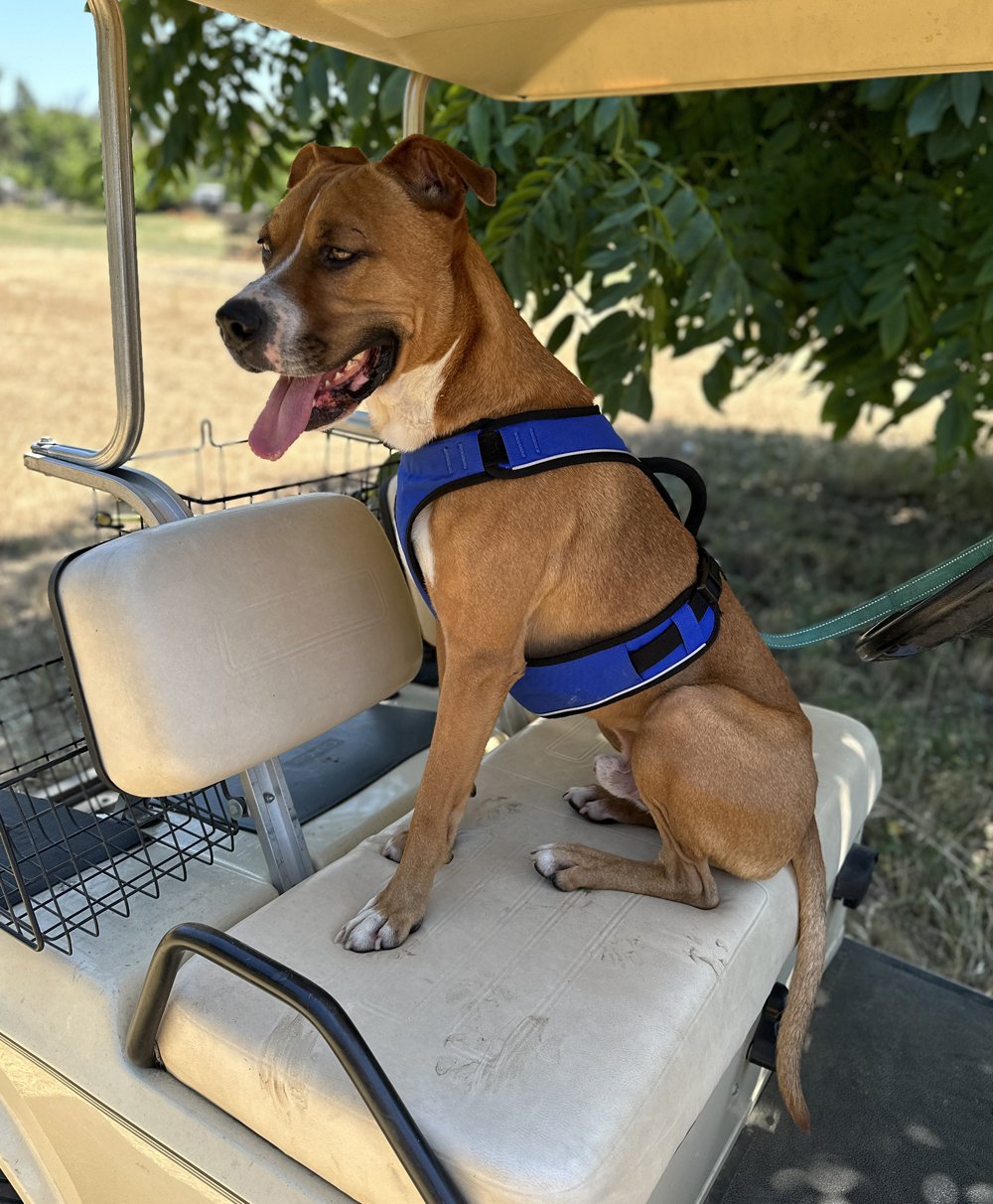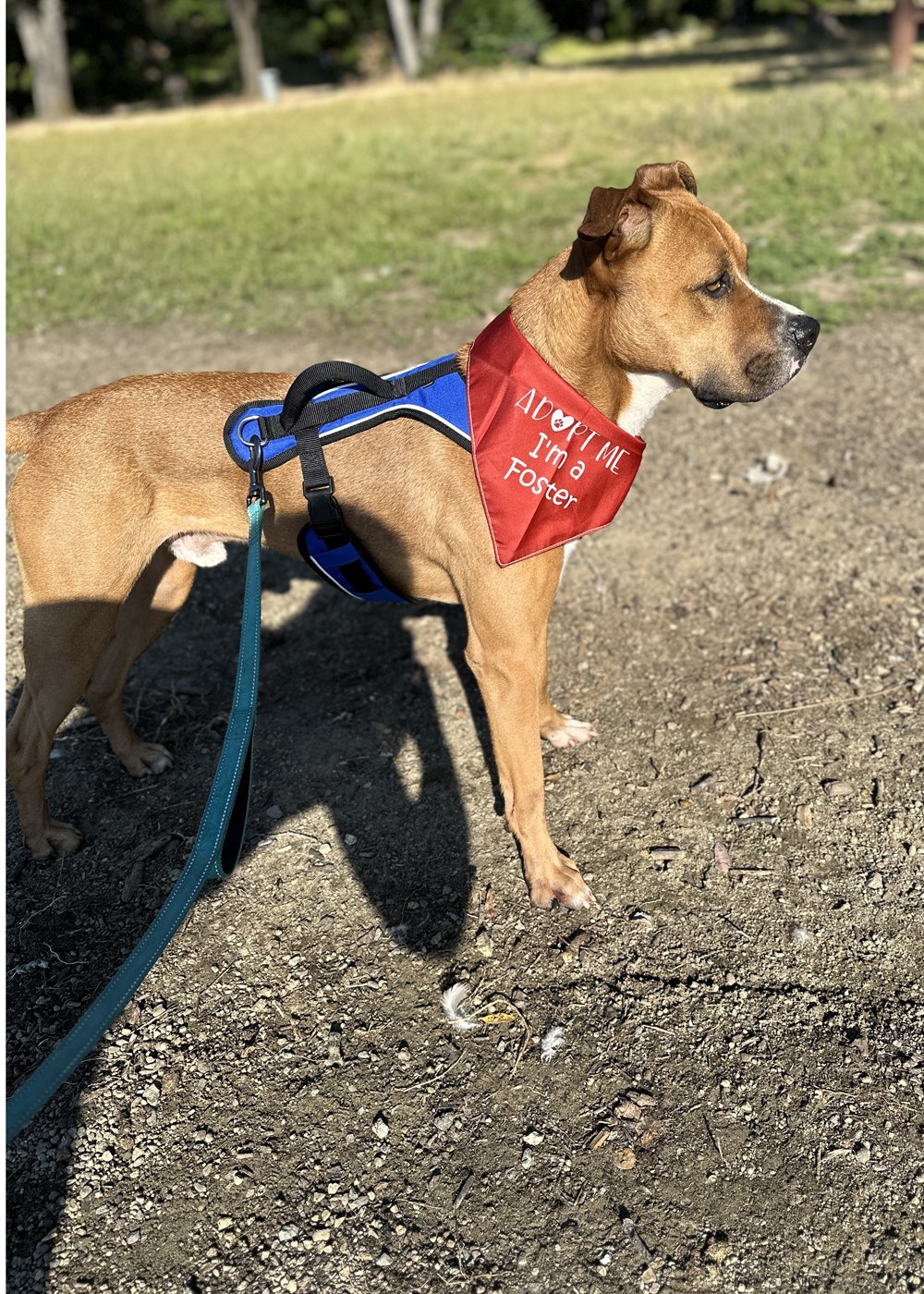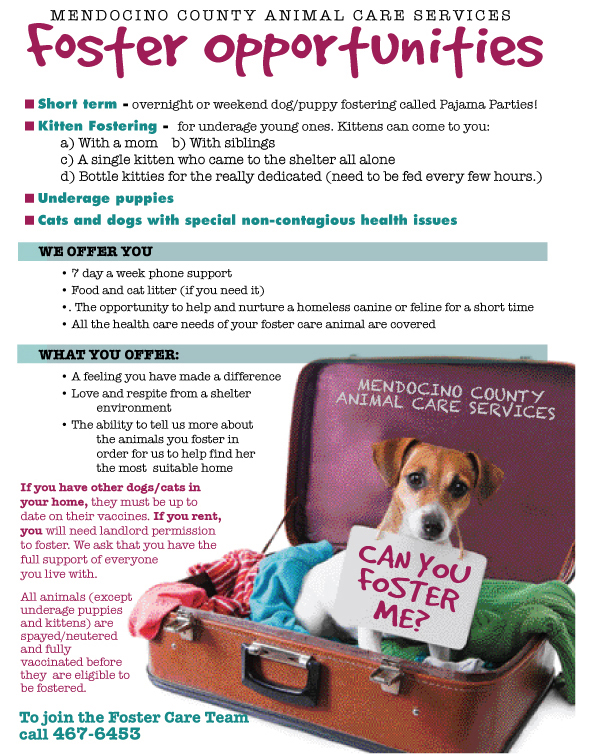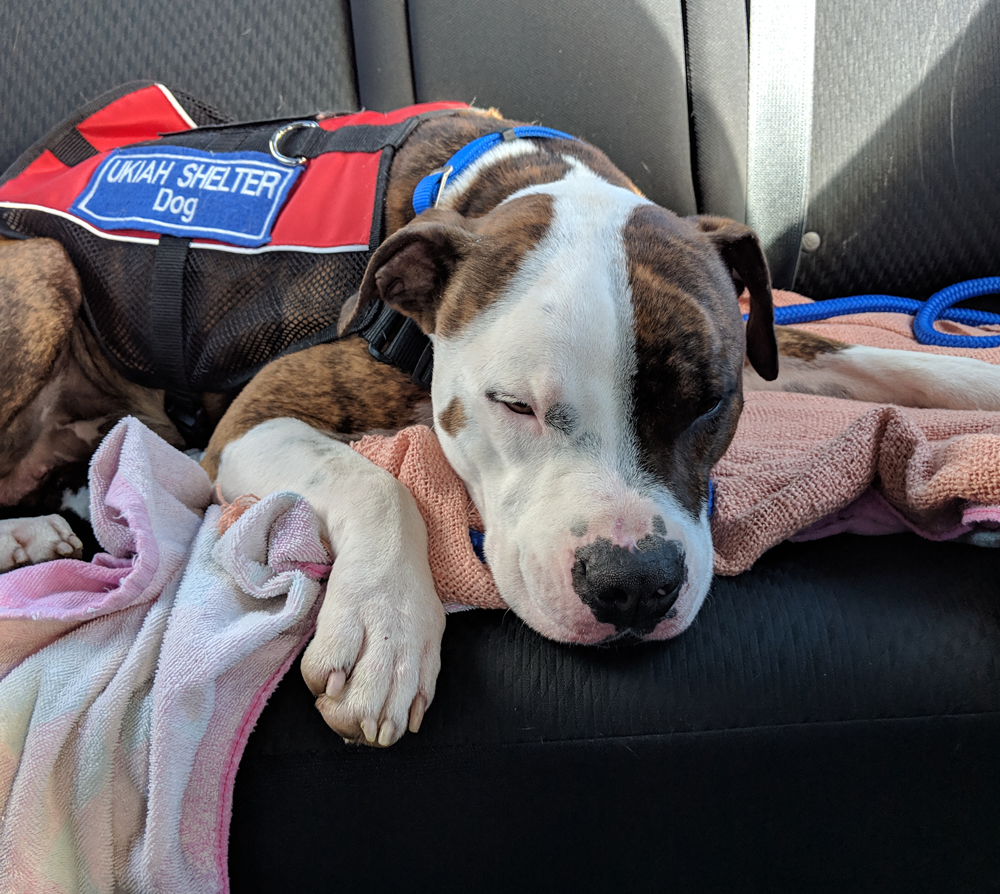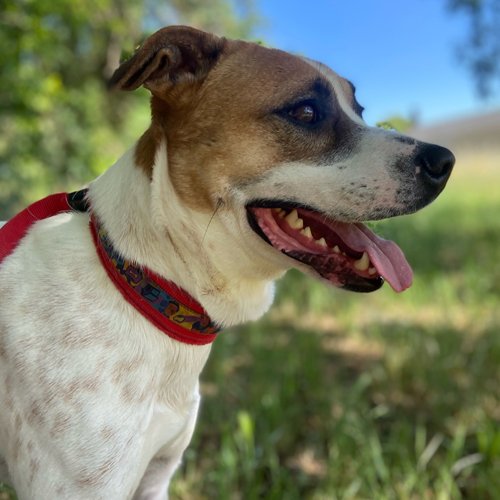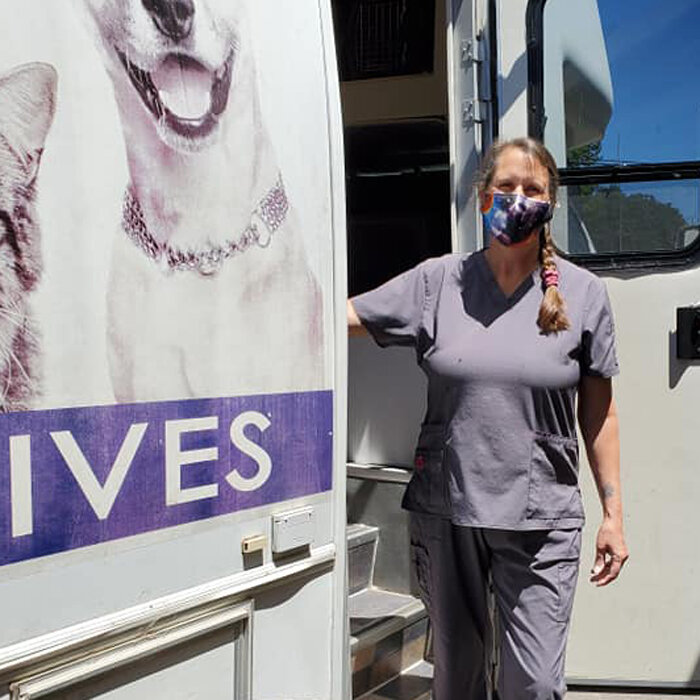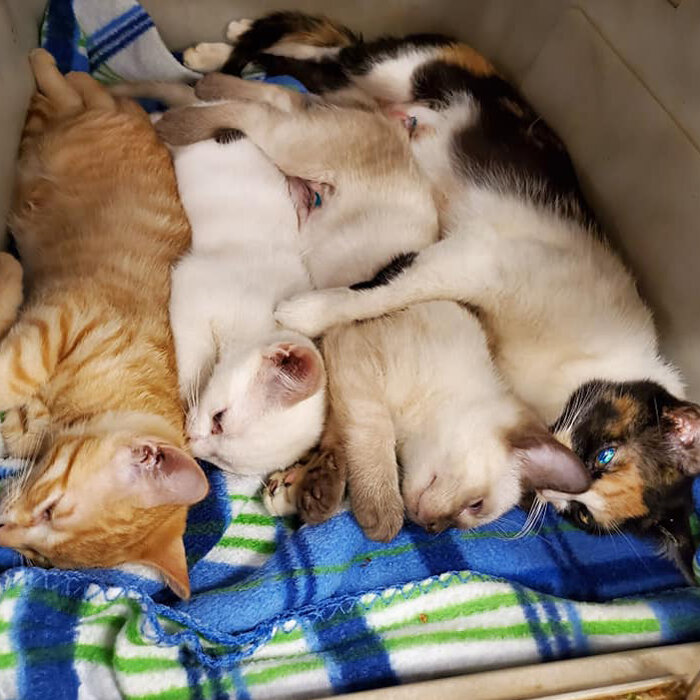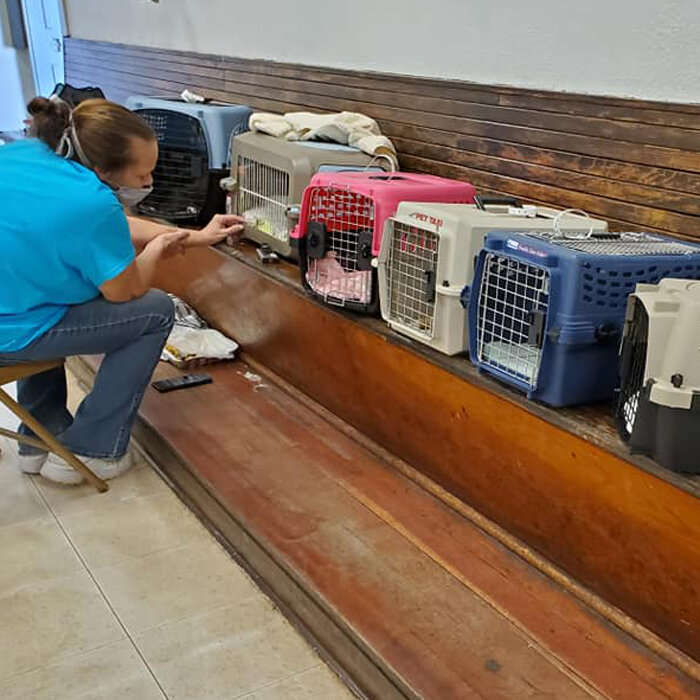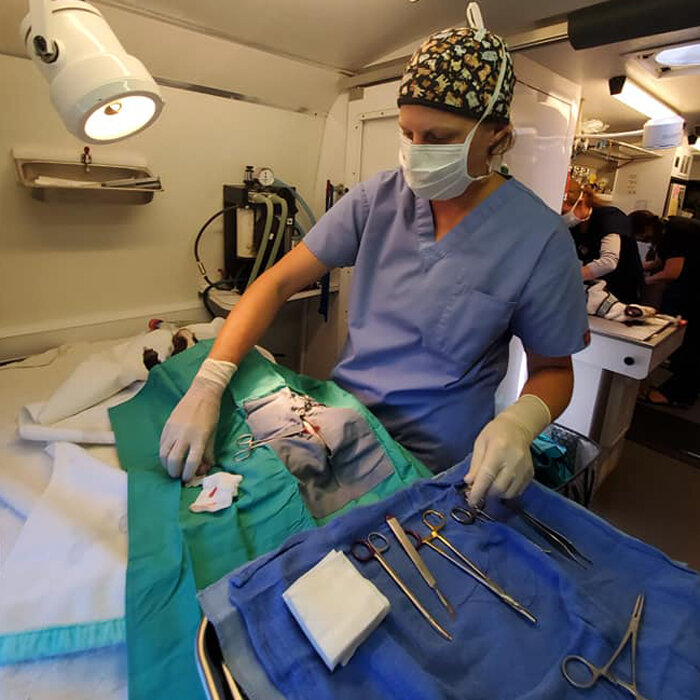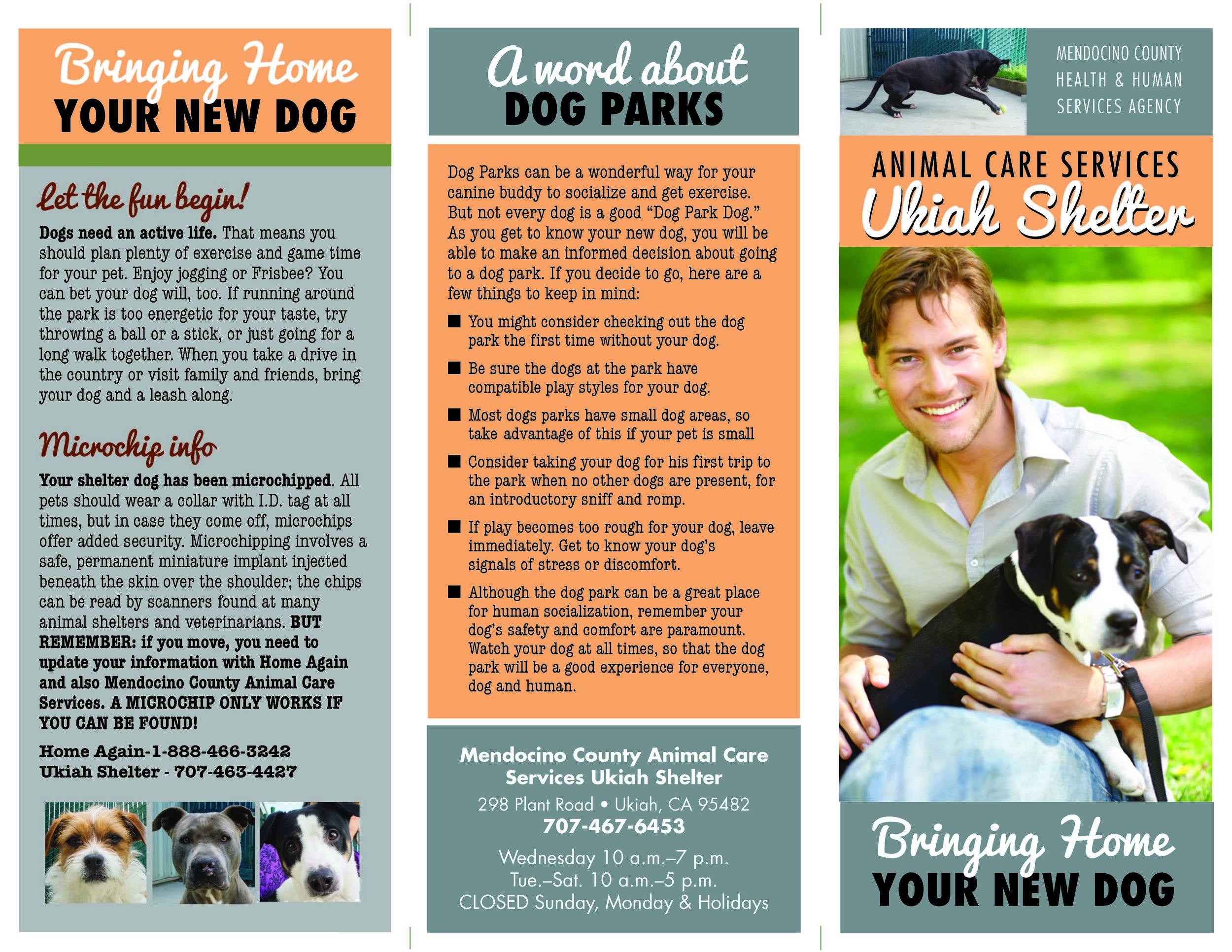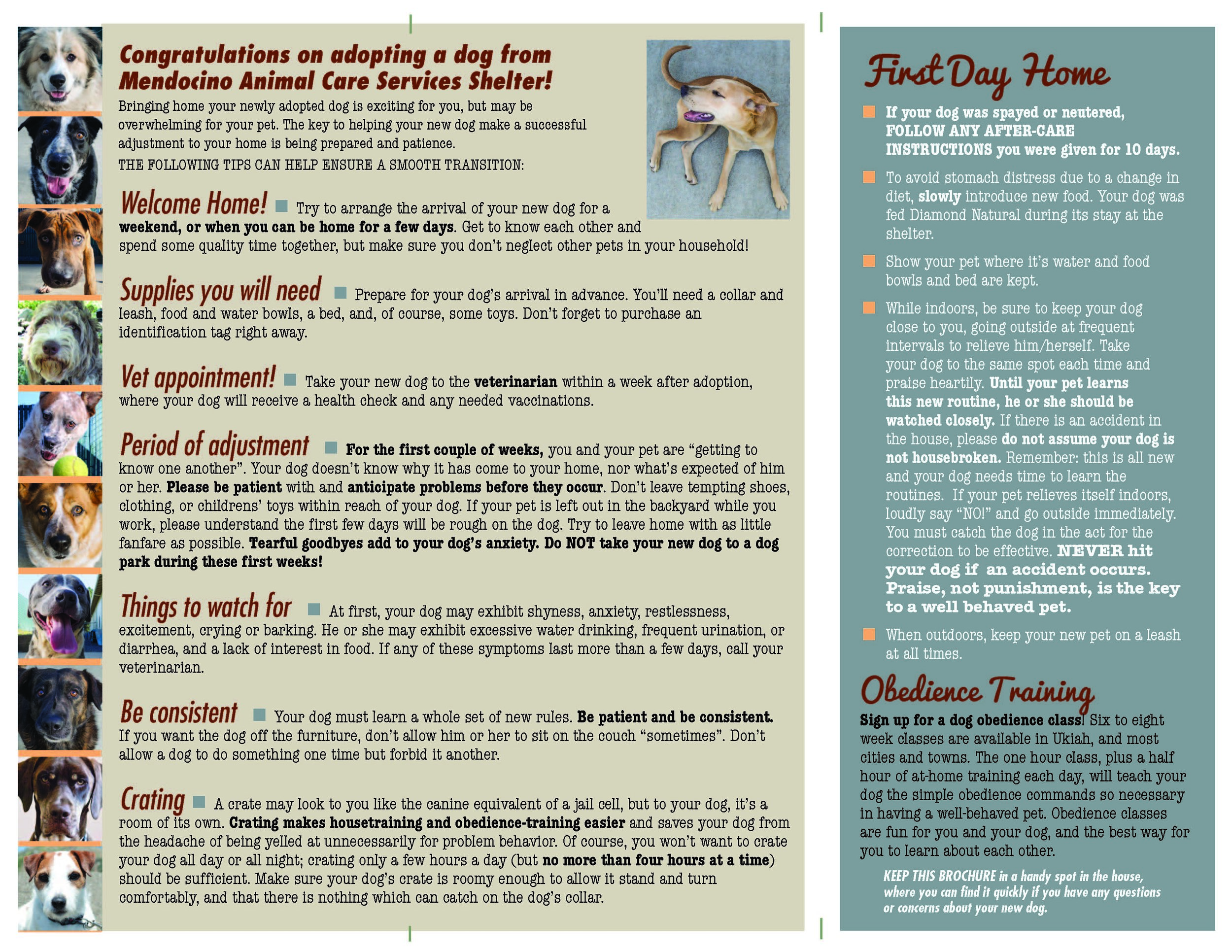If so, consider becoming a foster parent for a litter of homeless kittens. With the arrival of "kitten season" in early spring, Animal Care Services will require foster families to assist us with kittens until they are eight weeks old. Please note that fostering kittens may require keeping our furry friends for up to a 8 week obligation.
FOSTERING OPTIONS
• A mom cat with kittens - This is actually one of the easiest fostering situations since mom does most of the work. You'll need a room or large cage along with a nesting area-part of the cage, a closet, large dog carrier, or a box on its side with a blanket draped over the front. Mom will need a litterbox.
The mother cat will feed, clean, and socialize the kittens. You will feed mom, clean her litterbox and bedding, handle the kittens, and monitor everyone's health.
• Bottle feeders (or bottle babies) - These are kittens less than four weeks old that need to be bottle fed every 2-6 hours depending on how old they are. Since these kittens don't have a mom, you will also have to help them go to the bathroom, keep them clean, wean them, and train them to use a litterbox.
You'll need a warm, safe area in which to confine bottle babies, preferably a cage or large carrier. Some foster parents even convert an extra bathtub into a kitten area. Because warmth is so important, kittens should have access to a towel-covered heating pad, set on low. They must have enough space to be able to crawl off the heating pad if it gets too warm. If you are fostering a single kitten, provide a stuffed animal or something fuzzy for the kitten to cuddle.
• Self-feeding kittens - Kittens 4-8 weeks old can already eat on their own and use the litterbox, but need TLC until they are old enough to be adopted. You'll feed them; clean them, play with them, monitor their health, and clean their litterbox. It is best to keep them in a confined area such as a small, kitten-proofed room, or a large cage.
SETTING UP
• Animal Care Services will provide you with a cat condo, litter, litterbox, food & play toys.
• To kitten-proof a room, remove anything that might fall on a kitten - even a book can cause serious injury. Remember that kittens can climb into tiny holes and crevices and get stuck. Bathrooms seem to be especially easy to kitten-proof, and they are easy to clean.
• Regular litterboxes are too big for young kittens. Start out with small Tupperware-type containers or shoebox lids. As the kittens grow, so can the litterbox.
• Some foster parents get permission to bring very young bottle babies to work with them. Kittens sleep much of the time and can stay in a small carrier under your desk.
HEALTH & SAFETY
Monitoring your kitten’s health is extremely important - sick kittens must be treated quickly. Keep tabs on the following:
• Kittens should be alert and warm to the touch. Chilling is a risk mainly during the first four weeks of life. If the kittens are cold and listless, they must be warmed up immediately. Do not attempt to feed chilled kittens. Place the kittens in a box or pet carrier with a heating pad (placed in a pillowcase then wrapped in a towel) set on low inside the box. Be sure the heating pad covers only half of the bottom of the box--the kittens must be able to move off the heating pad if it becomes too warm. (Contact Animal Shelter Foster Coordinator ASAP for Direction)
• If you notice fleas, you should flea comb the kitten as soon as possible. Do not use insecticides or any other flea products. Kittens can also be bathed with warm water and a very gentle soap. Do not wet the head. Dry the kitten immediately with a towel, then with a blow dryer set on low/warm (not hot, not cold).
• Diarrhea and upper respiratory infection (watery eyes, stuffy nose, sneezing - similar to a human cold) are serious and should be immediately treated by a veterinarian. (Contact Animal Shelter Foster Coordinator ASAP for Direction)
• Keeping the kittens clean helps to maintain their health. Wash bedding and food and water dishes daily. After they eat or use the litterbox, clean dirty kittens with warm, damp towels and dry them well. Wash your hands before and after feeding and handling kittens.
• Don't wear shoes around the kittens and be especially careful when walking around. They move quickly and it's all too easy to step on them.
• Never give cow's milk to kittens. Since they cannot digest it properly, it can make them sick.
• Don't let bottle babies nurse on their siblings - this can cause serious injury.
• Keep foster animals separate from your own pets.
KITTEN TIMELINE
• Newborn (or neonatal): Eyes are closed, ears are flat to the head, fur is thin and skin looks pink.
• Ten days old: Eyes begin to open.
• Three weeks old: Ears stand up, teeth are visible, and kittens begin to walk - wobbly at first!
• Four weeks old: Kittens begin eating regular cat food and using the litterbox. They also begin to pounce and leap.
• Eight weeks old: Healthy kittens will weigh approximately two pounds, and are ready for spay/neuter and adoption.
FOSTER APPLICATION
CLICK ON THE LINK BELOW FOR THE SHELTER FOSTER APPLICATION:
https://www.mendocinocounty.org/home/showdocument?id=30527
Completed foster applications for Ukiah Shelter animals can be sent back either via fax at 468-3338 or to the below email addresses.
• campbella@mendocinocounty.org
• penryl@mendocinocounty.org
*Completed foster applications for Fort Bragg animals can be sent back to the below email addresses.
• vega@mendocinocounty.org
• mullisj@mendocinocounty.org
Once the foster application is received, the applications will be reviewed and we will contact you.
